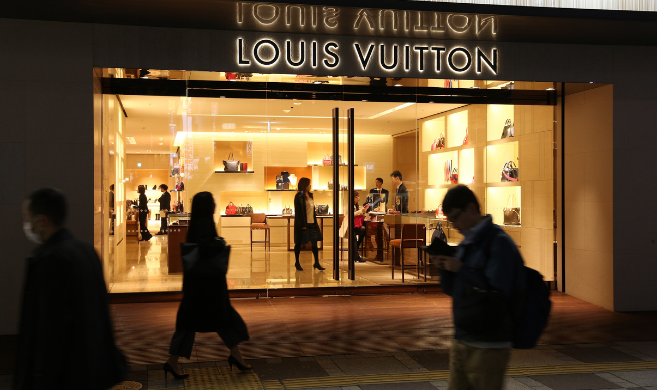How do we define brand equity?
Brand is an intangible concept, and its definition is always a little elusive. We chose to adopt a definition of brand equity that relates to customers. Brand equity is what predisposes someone to choose a brand more often, pay higher prices, and to remain loyal, or choose to try a brand in the future.
Through these mechanisms, brand equity brings a firm more income, thanks to higher sales volumes and prices. Strong branding also offers more growth potential and a reduction in risk, owing to the loyalty factor.
Brand equity and employees
So brand equity is attractive to business owners. But what about employees?
We made some predictions according to social exchange theory, a school of thought that describes a quid-pro-quo dynamic driving sentiment in a relationship. Social exchange theory says that the better a person (or social entity such as a brand) treats you, the better you’ll treat them – not just on a transactional level, but in terms of emotional benefits like loyalty and respect.
With great brand power comes great strategic responsibility.
On that basis, the higher up the organizational tree you climb, the more positive employee attitudes should be, since higher positions receive higher salaries and more benefits. But as our research indicates, that’s not the only factor involved, especially when it comes to mid-level workers.
An increase in brand equity doesn’t affect all employees equally. For higher-level employees, the effect is more or less neutral. For lower-level employees it’s mostly positive, and for mid-level employees it tends to be negative.
Who makes strong brands strong?
Our data about employee attitudes and brands, collected from a large cross-industry sample, supports the hypothesis that strong brands make mid-level employees’ jobs harder. These employees are directly involved in making – and keeping – brand equity high. They’re planning external and internal marketing, writing scripts for contact centers, evaluating performance and generally ‘living the brand’.
While mid-level employees are called brand custodians, in many cases the brand itself is not so much something to be looked after as a very demanding boss. It dictates how hard they work and what they must do to fulfill their job functions. The more prestigious the brand is, the more demands it will place on this mid-level group.
Higher-level employees benefit from a strong brand in terms of material rewards and professional reputation. But they are less likely to be directly involved in the activities that maintain brand equity, so less demand is placed on them when brand equity rises.
The same is true of lower-level employees, who are generally engaged in operational rather than strategic work, despite some of them having an important role in brand perception when serving or supporting customers.
Cascading positive – or negative – attitudes
One thing we know is that the attitude of managers directly impacts that of the workers who report to them. Mid-level workers have an important influence on lower-level employees, and that influence can be positive or negative. Which way it goes depends on how they feel they are treated.
Social exchange theory emphasises reciprocity. Therefore, mid-level employees who see a large discrepancy in treatment between themselves and those above them will respond in kind. They are likely to ‘pay back’ their unfavorable treatment in ways that negatively impact those below them.
The issue of ambivalent middle managers becomes more important when we consider how lower-level employees may be feeling to start with.
Although their attitude rises in line with brand equity, employees on lower rungs have less incentive to ‘live the brand’ than those above them. They play an important role in brand health, especially in the service sector, providing front-line customer experiences in stores or on phone-lines. But their socio-emotional and utilitarian benefits are not likely to be high, and in turn, their reciprocal response will not be strong enough to promote a whole-hearted, one-brand persona. Not without the positive influence of mid-level managers, at least.
That’s why it’s crucial for mid-level managers to feel that they receive equivalent treatment to those higher up, both in terms of socio-emotional benefits, such as thank-you letters and appreciation events, and utilitarian ones, for example privileged access to corporate stocks. That way they can effectively play their all-important role in inspiring and motivating those below them.
Great service starts at the highest levels
We found that the service industry is an especially pronounced example of mid-level and lower-level employee attitudes deteriorating as brand equity rises. In this sector, when mid- and senior-level employees aren’t aligned in their attitudes, there’s even more chance that mid- and lower-level employees will have a negative attitude towards the brand.
We found that the service industry is an especially pronounced example of mid-level and lower-level employee attitudes deteriorating as brand equity rises.
This might be because when service brands are strong, front-line employees are under more pressure to communicate that brand to customers, and their enthusiasm and service quality depend more on those directly above them to help counteract the stress-induced negativity.








